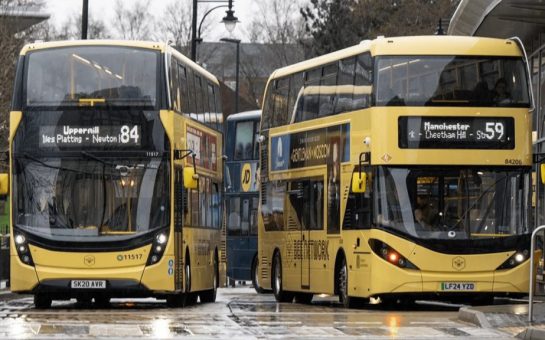Go Ultra Low, a £2.5 million campaign that aims to encourage motorists to adopt Ultra Low Emission Vehicles (ULEV’s), could make the UK a world leader in green cars.
The campaign was unveiled at the start of the year by the Deputy Prime Minister, Nick Clegg, and by 2040 the government hopes that ULEV’s will account for each new vehicle on the road.
Towards the end of 2013, a document containing details of a new ultra low-emissions vehicle strategy was released by the government.
In order to continue establishing the United Kingdom as the premier market for ULEV’s, the government has funded over £500 million of investment towards the cause.
This investment will create jobs and the Government hopes that the UK will become the leader in the design, development and manufacture of green vehicles.
According to Gov.uk, a new green vehicle is produced from a UK line every 20 seconds and the industry is worth a massive £11.2 billion.
The ULEV investment will also improve towns and cities as it will help to create ‘Ultra Low City Status’, which means that cities could let green car users use bus lanes and even park for free.
Gov.uk outlines the impact the investment will have on consumers as an electric car will be more affordable and convenient for drivers, therefore saving consumers money.
Exhaust emissions of new vehicles sold in EU has been limited thanks to the European Emission Standards but different standards apply to each vehicle type.
Matters that are taken into consideration are aspects such as CO2 emission and toxic emission.
In the past, many driving regulations emerged and changed roads for the better.
A recent Gocompare infographic reveals that driving regulations date back to 1872 before the Highway Code was introduced in 1932, followed by a coloured version being introduced in 1954.
In 1975, drivers no longer needed to use arm signals to communicate with other drivers.
However, they still appear in the Highway Code as a means to communicate your intentions to other motorists on the road.
These and other changes to driving regulations in the past may have been controversial at first but now they are commonplace and the roads would seem odd without them.
And the newest changes to the roads and to driver regulations can reduce carbon emissions and therefore provide less air pollution.
Going green can help the environment and it is worth considering that perhaps it should be the responsibility of the consumer as well as the big manufacturers to go green.
Image courtesy of Highways Agency, with thanks



